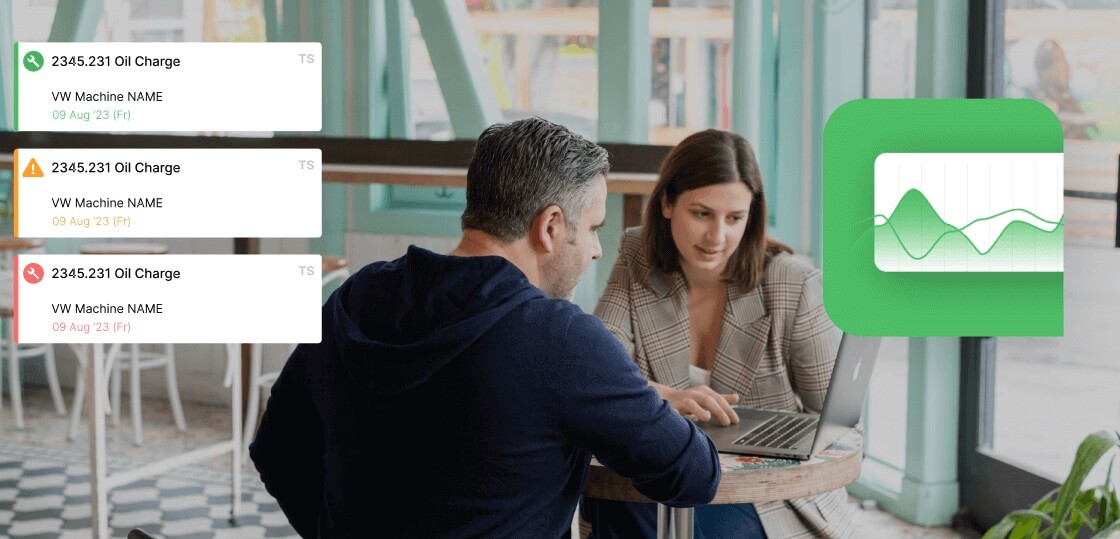
First things first: Maintenance Planning and Maintenance Scheduling are often mentioned together, but they are two distinct processes. They work hand-in-hand, sequentially, but they have different goals and activities.
Getting this distinction right is crucial.
Maintenance Planning = The WHAT and HOW
Maintenance Scheduling = The WHEN and WHO
The Crucial Link: You can't effectively schedule work that hasn't been properly planned. Trying to assign a job without knowing if the parts are on hand, the procedures are clear, or the right tools are available leads right back to inefficiency and delays.
Planning makes effective scheduling possible
Ignoring these processes, or doing them poorly, isn't just inefficient – it actively costs your business money and hinders performance. Let's look at the consequences:
Simply put, skipping robust planning and scheduling creates a self-inflicted cycle of inefficiency, high costs, and stress
With a backlog of well-planned work orders ready to go (meaning the "what" and "how" are figured out, and parts are confirmed), the next crucial step is Scheduling.
This is where we decide precisely when the work will get done and who will do it, orchestrating the execution phase for maximum efficiency and minimal disruption.
Effective scheduling transforms a pile of planned jobs into an actionable, optimized work plan. Here are the core elements:
The Scheduler's Output: The Work Schedule
The result of these activities is a finalized Work Schedule, often presented as a calendar view or list. This schedule clearly shows which planned jobs are assigned to which technicians for completion during a specific timeframe (e.g., the upcoming week).
When you successfully implement both effective planning and efficient scheduling, the positive impact on your operation is significant and measurable:
Investing in planning and scheduling isn't just about getting organized; it's a strategic investment in reliability, efficiency, safety, and cost control.
The effectiveness of your planning and scheduling processes often depends heavily on the tools you use to manage them. While simple methods exist, modern operations typically rely on more sophisticated systems.

While manual methods or spreadsheets might suffice for the smallest teams with very few assets, the efficiency gains, visibility, and data capabilities offered by a CMMS make it an indispensable tool for any operation serious about optimizing maintenance planning and scheduling.
Implementing and sustaining effective planning and scheduling isn't always easy. Teams often encounter common obstacles that can derail their efforts:
Acknowledging these potential challenges upfront and developing strategies to mitigate them is key to successfully implementing and sustaining effective maintenance planning and scheduling practices
Overcoming the challenges and reaping the rewards of planning and scheduling requires implementing proven best practices. These guidelines help create a structured, efficient, and sustainable workflow:
Maintenance planning and scheduling continue to evolve, driven by technology:
Moving away from the constant "firefighting" of reactive maintenance is not just desirable; it's essential for competitiveness and sustainability.
Effective Maintenance Planning (determining the what and how) combined with efficient Maintenance Scheduling (determining the when and who) provides the framework to achieve this shift.
Implementing these processes transforms your maintenance operation:
It empowers your team to work proactively, maximize valuable wrench time, enhance safety, extend asset life, and contribute strategically to the overall success of the business.
While it requires discipline, process definition, and the right tools, the return on investment in terms of improved reliability and reduced costs is undeniable.
Ready to stop reacting and start controlling your maintenance workflow?
Discover how Fabrico.io's intuitive CMMS provides the powerful planning and scheduling tools you need to optimize your resources, reduce downtime, and increase maintenance efficiency.
➡️ See Fabrico.io's Planning & Scheduling Features in Action – Request a Demo!

Schedule a 1-to-1 meeting with our experts or directly enroll in our Free Plan.
No Credit Card required!